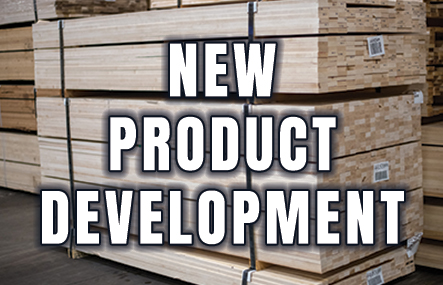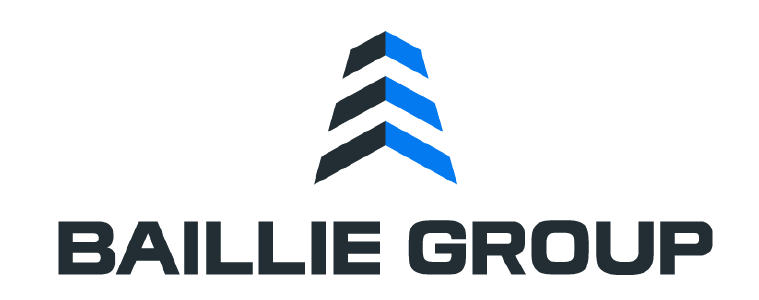 When was the last time you added a new or upgraded product to your product portfolio? In our industry, the hardwood lumber industry, we don’t normally emphasize new product development. Most of the time we are dealing with standard industry product grades or perhaps a special width or length sort. Maybe we will talk about adding on services like surfacing the lumber or straight-line-ripping boards for our customers, (SLR1E or SLR2E).
When was the last time you added a new or upgraded product to your product portfolio? In our industry, the hardwood lumber industry, we don’t normally emphasize new product development. Most of the time we are dealing with standard industry product grades or perhaps a special width or length sort. Maybe we will talk about adding on services like surfacing the lumber or straight-line-ripping boards for our customers, (SLR1E or SLR2E).
But maintaining a focus on being innovative and developing new customer specific solutions is important. Sawmills and lumber providers must continuously refine what they sell to help our customers improve yields, reduce waste and drive manufacturing efficiencies!
Those of us within the Baillie Group are constantly examining and refining the hardwood lumber products we offer. We do this with initiatives like our Custom Lumber Solutions program and our portfolio of proprietary graded products.
Because of our customer-centric culture, we do all we can to know our target market inside and out, and to anticipate customer needs and levels of satisfaction. From our experiences we have found value in including our customers in the process of new product development. When we do, here are a few tips we find helpful.
Determine the true need. Prior to undertaking new product development, reach out to the market understand the needs and desires of the buyers. Obtain the true “voice of your customer.” What do customers find valuable in your product/service offerings, and what can they do without? Maintain an open mind when it comes to engineering changes based on their input, as this may well lead to an improved product and greater customer satisfaction. Conduct surveys, hold personal interviews, gather information, and analyze your findings deeply.
Understand the risks of customer involvement. Customer feedback on your products is highly desirable. When it comes to new product development, however, some risk is always present.
As CBS News notes, “the customer may be extremely disappointed with the product if quality is poor,” and there’s always the chance that “competitors will learn about your plans indirectly.” And because unexpected production issues and delays frequently occur, any commitment “to a pre-determined schedule [for roll-out] can result in failure to meet the date(s), or the premature release” of a product simply not ready for market.
Keep your internal audience in mind. Don’t neglect the involvement of a key internal stakeholder—your employees—in the process. Look to involve them in the early planning stages. Not only can you leverage their front-line knowledge of customer preferences and pain points, but you build enthusiasm on their part for the change, so they can promote the new line to customers at the appropriate time.
Start early. New product development generally goes through several cycles. It is common to create several variations and prototypes before getting to the desired outcome that provides value to both you and your customer. Be patient. Stay the course and plan accordingly. The worst thing you could do is bring a product to market before it is ready and risk alienating a segment of the market. As they say, you only get one chance to make a first impression!
New product development can be a time- and resource-intensive process. But the alternative—staying put with what you offer now and hoping for the best—might not let you achieve the growth goals you have. Customer needs change over time, so it’s vital that your business keep pace with those changes. Inviting customers to take part in the process helps ensure a greater likelihood of success further down the road.
What other approaches work for you. Let us know!
Tony Cimorelli
The Baillie Group

